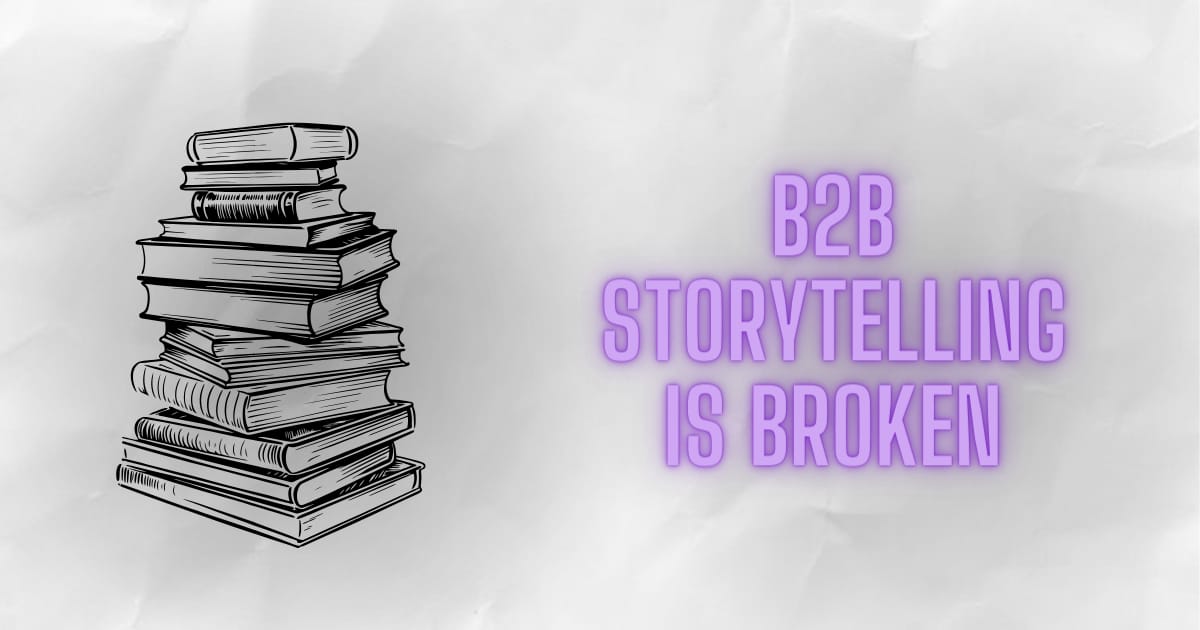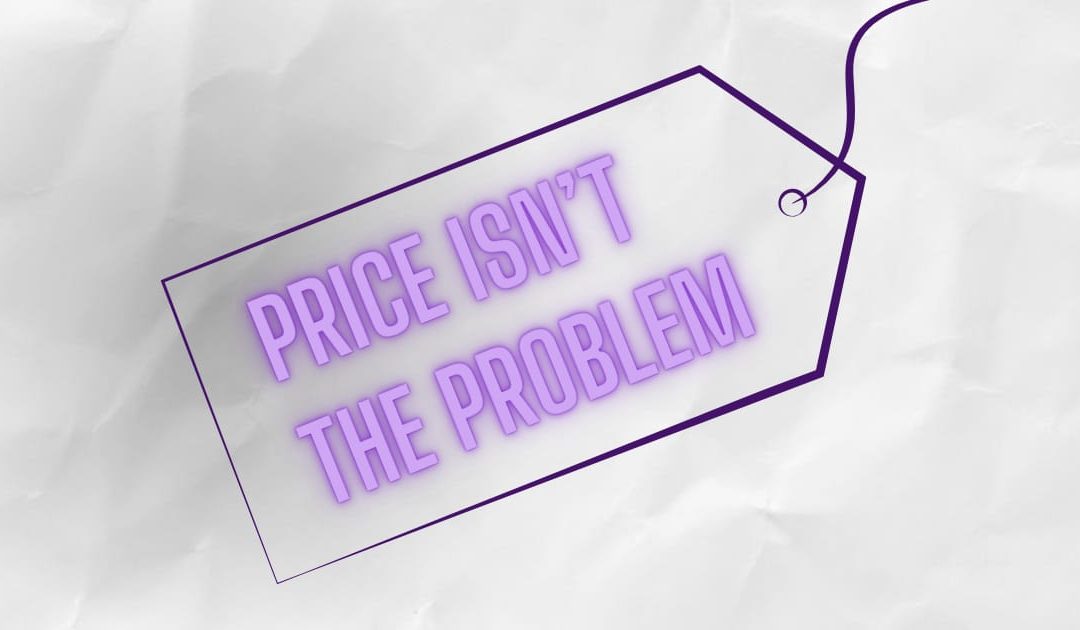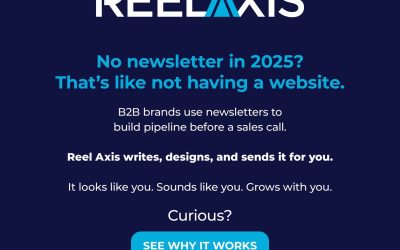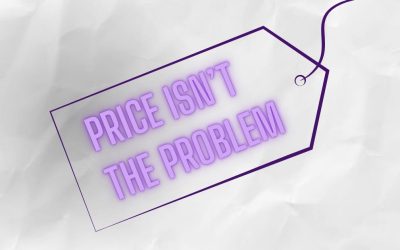GM, and welcome back to Marketing Qualified. Here’s what we’re talking about today:
-
B2B storytelling is broken. Here’s how to fix it. Stop telling stories. Start crafting narratives.
-
The tiny details that make people love you. DO sweat the small stuff.
📖 B2B storytelling is broken. Here’s how to fix it.
Most B2B “storytelling” isn’t storytelling at all. It’s just a dressed-up product pitch with a few customer quotes slapped on for credibility.
The best B2B companies don’t just tell stories. They build narratives that change how people think.
The difference between stories and narratives.
A story has a beginning, middle, and end. A narrative shifts how an audience sees an entire category.
Gong didn’t just say, “Our software improves sales forecasting.” They framed gut-feel forecasting as a liability and made Revenue Intelligence the new standard.
Drift (now Salesloft) didn’t just promote chatbots. They pushed Conversational Marketing as the future and made form fills look outdated.
HubSpot didn’t just talk about lead generation. They made outbound sales feel obsolete and positioned Inbound Marketing as the only way forward.
Slack didn’t just position itself as a better communication tool. It made email the bottleneck of modern work and turned “Slack vs. Email” into an industry-wide debate.
The best narratives don’t just prove a product works. They make the audience rethink the way things should work.

How to build a strong B2B narrative.
A compelling narrative doesn’t start with your product. It begins by reframing how your audience sees their world. Here’s how to do it.
1. Find the tension.
Your audience already experiences frustration. Your job is to surface it.
Calendly didn’t just offer scheduling links. They made email-based meeting coordination feel like an unnecessary hassle.
Before Calendly, scheduling a meeting meant an endless email thread. Now, it takes one click.
2. Name the shift.
If the old way is broken, what’s the new way forward? A strong narrative needs a name.
-
Account-Based Marketing (ABM) made high-volume lead generation feel wasteful and positioned targeted engagement as the modern approach.
-
Product-Led Growth (PLG) made sales-led models feel outdated and proved that users, not sales teams, should drive adoption.
-
Dark Social (Chris Walker) exposed how traditional attribution misses how buyers really discover brands.
-
Digital Transformation (Gartner) reframed technology adoption as an ongoing strategy instead of a one-time IT upgrade.
Naming the shift makes it easy for people to talk about it.
3. Show the before-and-after.
People need to see why the old way no longer works. Give them something tangible.
For example:
Instead of saying, “MQLs are less effective than intent data,” show it:
“Five years ago, marketers optimized for gated downloads. Today, 90% of the buying journey happens before a form is ever filled out.”
Concrete comparisons make the shift feel inevitable.
Quick tips for crafting B2B narratives.
-
Use familiar analogies to make abstract ideas click.
-
Highlight real-world behavior shifts. What are people doing differently today vs. five years ago?
-
Make people pick a side. The best narratives force a choice between the old way and the new.
-
Test it in conversation. If the concept doesn’t spark a reaction, it won’t spread.
Start controlling the narrative.
Most marketers focus on crafting individual stories. The ones who shape industries build narratives that make their audience rethink the way they work.
That’s the difference between being another vendor in the space and being the company that defines it.
📰 In the news this week.
🏈 Analyzing Super Bowl LIX’s advertising and engagement data.
🔗 How brands are showing up on alternative social media platforms.
📉 Why traditional keyword research is failing.
🦄 Are unicorns becoming ‘zombies’?
🤖 27% of CMOs remain reluctant to adopt generative AI.
😍 The tiny details that make people love you.
Ever scrambled to find a company’s logo for a deck, an ad, or an article?
You Google “[Company Name] logo PNG” and click around for five minutes. If you’re lucky, you find a half-decent version buried on their website. If you’re not, you’re stuck with a low-res JPG from 2010.
Clay fixed this. Right-click their logo on their site, and boom—instant brand kit download. No forms, buried press pages, or “contact us for assets” nonsense.

This might seem minor, but that’s the point. Most brands ignore these little friction points. The best brands? They obsess over them.
A 404 page that doesn’t just say, “Oops, this page doesn’t exist,” but offers something useful or entertaining.
A loading screen that swaps a boring spinner for something engaging, like a fun fact, a progress animation, or a friendly message.
An error message that doesn’t just throw an obscure code at users but actually tells them what went wrong and how to fix it. Maybe even with a little personality.
An unsubscribe page that offers smart options, like adjusting email frequency instead of making it all-or-nothing.
These details are easy to overlook, but they matter.
When everyone’s fighting for attention, those little “huh, that was surprisingly nice” moments are what people remember most.
😂 Marketing meme of the week.

How’d we do with this week’s newsletter?
A READER’S REVIEW

Enjoy this newsletter? Forward it to a friend to spread the love.
Want us to write about something specific? Submit a topic or idea.








